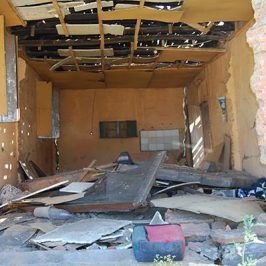You will get a survival experience and the attempt is to minimise your exposure to unwanted risks or injuries. It is impossible to negate the risks entirely in a wilderness scenario, however simulated. Bodily discomfort is a part of the training curriculum and thirst, hunger and fatigue can lead to bodily harm. We do not offer you an experience free from risk, or indeed from injury. The wilderness is beyond our control. Slipping, falling, water immersion, exhaustion, unpredictable changes in temperature, hypothermia, heat exhaustion, heat stroke, sunburn, dehydration, insect bites, etc are all par for the course. Nausea, light-headedness, aches, pains, hunger, cramps, thirst, etc are risks that are part of the curriculum. Sharp knives are a part of your kit and you may not be used to handling them. Cutting yourself or others around you is a possibility. Using an axe or a machete comes with its own dangers. Sometimes we will intentionally put you in a risky situation, where you are wet, cold and in windy conditions, a recipe for hypothermia. Coping with risk is what the Courses are all about. If you accept it, risks and all, you will love the experience. The risks mentioned above are to make you aware, not to scare you. At the end of the Course, it might actually end up feeling like it was a walk in the park. You need to be aware of and accept the risks that come with attending a Course. If you have a problem with the unpredictability of situations or the inherent risks involved, we suggest you head off somewhere else and not attend a Course.
![]()







Leave a Reply
You must be logged in to post a comment.